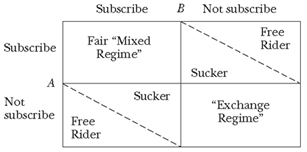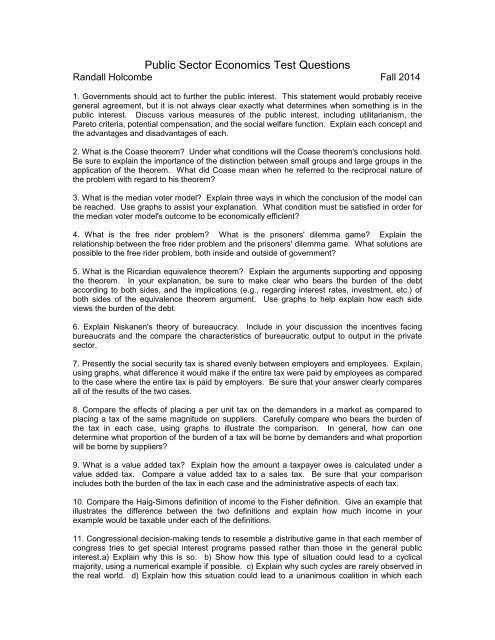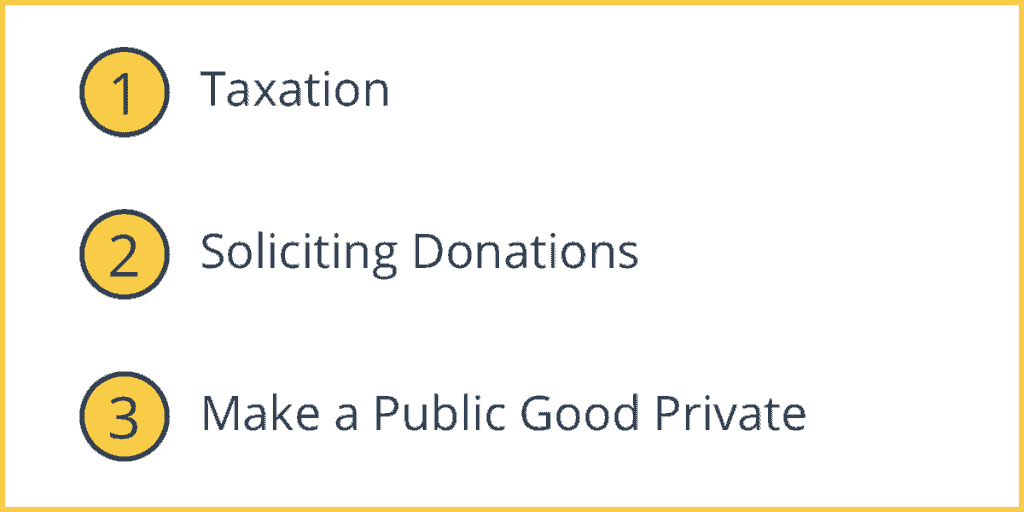
Another was the Boland Amendment in 19 to restrict financing of the Contras in Nicaragua.Ī recent notable example of a rider was in the Health Care and Education Reconciliation Act of 2010. Another rider has been the Hyde Amendment which since 1976 has been attached to Appropriation Bills to prevent Medicaid paying for most abortions. For example, a rider to stop net neutrality was attached to a bill relating to military and veteran construction projects. Riders may be unrelated to the subject matter of bills to which they are attached and are commonly used to introduce unpopular provisions.

The Line Item Veto Act of 1996 was passed to allow the President of the United States to veto single objectionable items within bills passed by Congress, but the Supreme Court struck down the act as unconstitutional in Clinton v. The practical consequence of the custom of using riders is to constrain the veto power of the executive. When the veto is an all-or-nothing power as it is in the United States Constitution, the executive must either accept the riders or reject the entire bill.


While members of Congress often use riders to attempt to kill a piece of legislation, "omnibus bills are pursued in order to get something passed." Congress, riders have been a traditional method for congressional leadership to advance controversial measures without building coalitions specifically in support of them, allowing the measure to move through the legislative process: "By combining measures, the legislative leadership can force members to accept a measure that might not survive alone because they want the entire bill (or another part of it) to pass." Since the 1980s, however, omnibus bills have become more common: these bills contain provisions, sometime important provisions, on an array of policy areas, and "are powerful for focusing attention away from controversial items to other main items" that either have broad support or are viewed as necessary, "must-pass" measures (such as appropriation bills).


 0 kommentar(er)
0 kommentar(er)
